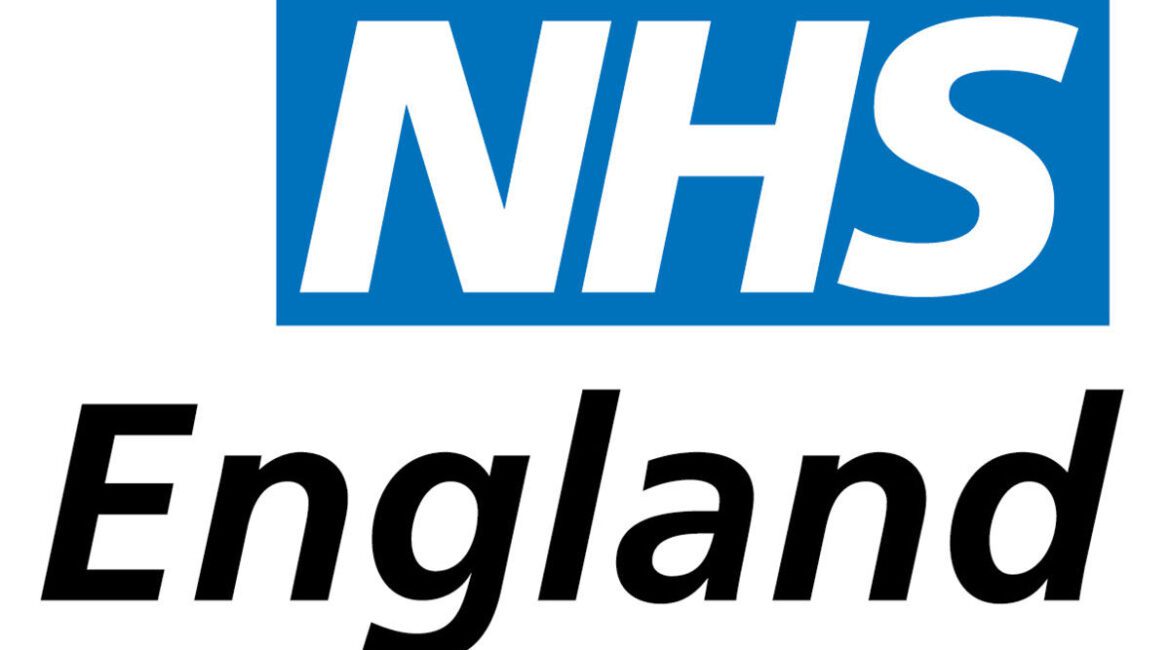The Adult Psychiatric Morbidity Survey (APMS) series provides data on the prevalence of both treated and untreated psychiatric disorder in the English adult population (aged 16 and over).
This survey is the fifth in a series and was conducted by the National Centre for Social Research, in collaboration with the University of Leicester and City St George’s, University of London, for NHS England.
Increased prevalence across a range of indicators of poor mental health
The proportion of 16 to 64 year olds, identified with a common mental health condition, increased from 17.6% in 2007 and 18.9% in 2014, to 22.6% in 2023/4. The proportion was higher in women than men at each point.
Lifetime non-suicidal self-harm was reported by 3.8% of 16 to 74 year olds in 2007, rising to 6.4% in 2014 and 10.3% in 2023/4.
Similarly, the proportion of adults screening positive for ADHD rose from 8.2% in 2007 and 9.7% in 2014, to 13.9% in 2023/4.
Young adults remain a key group
The proportion of young adults (aged 16 to 24), with a common mental health condition, rose from 17.5% in 2007 to 25.8% in 2023/4.
Younger adults were also more likely to report lifetime non-suicidal self-harm and to screen positive for PTSD and ADHD than older age groups.
Socioeconomic inequalities in mental health persist
Adults with problem debt and those who were not in employment were more likely to have a common mental health condition, report lifetime non-suicidal self-harm and to screen positive for PTSD.
Living in the most deprived fifth of areas was associated with increased prevalence of common mental health conditions, suicide attempts and PTSD.
Physical and mental health were strongly related
People with a doctor diagnosed physical health condition, that limited their activities, were more likely to have a common mental health condition, report non-suicidal self-harm and screen positive for PTSD.
Mental health treatment use increased in prevalence
The proportion of 16 to 74 year olds, with common mental health condition symptoms (CIS-R 12+), reporting receipt of treatment rose from 24.4% in 2007 and 39.4% in 2014, to 47.7% in 2023/4.
Receipt of psychological therapies, among those with symptoms (CIS-R 12+), rose from 10.4% in 2007 to 17.9% in 2023/4; and receipt of medication rose from 19.6% in 2007 to 38.4% in 2023/4.
Academic citation: Morris, S., Hill, S., Brugha, T., McManus, S. (Eds.), Adult Psychiatric Morbidity Survey: Survey of Mental Health and Wellbeing, England, 2023/4. NHS England.

